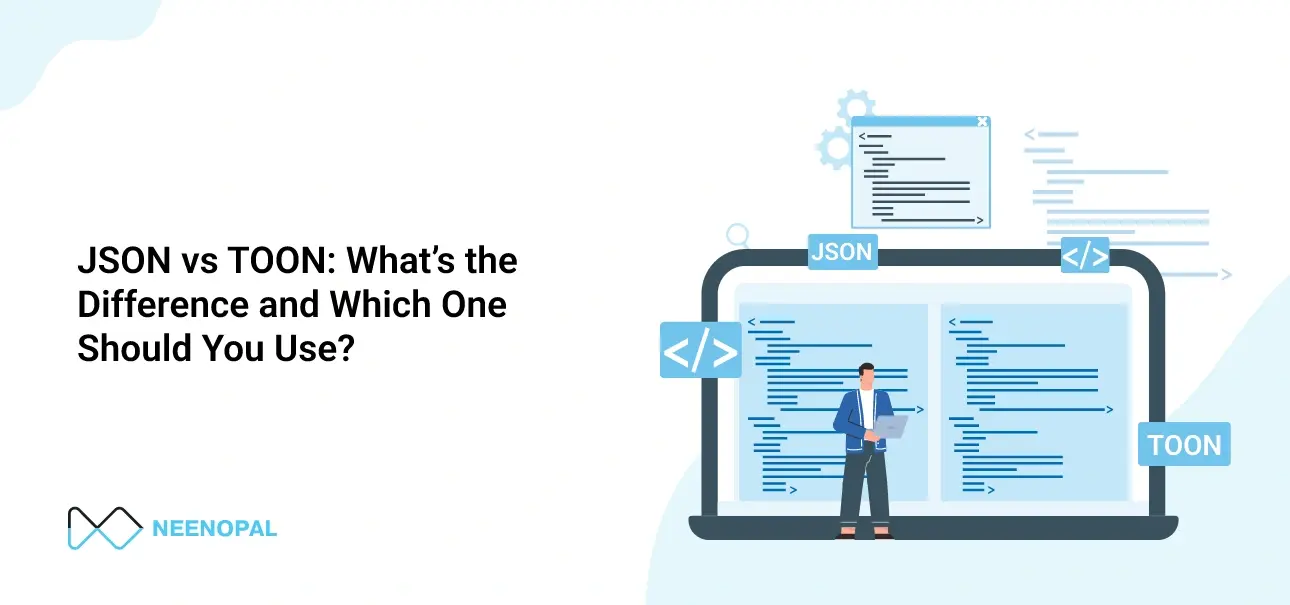Changes in market trends and consumer preferences can be highly random and unpredictable.
The sales team needs to predict the changes ahead and inventory should be readily stocked with the new products. Without a good demand forecasting team and proper inventory management, even companies with the best products can lose the battle. Inventory management helps companies increase profits by optimizing storage costs and preventing the accumulation of aged stock. In other words, they ensure that only the products that generate profits are in the warehouse!
This dashboard covers four important aspects of inventory management:
- Inventory Segregation
- Stockout & Lost Sales
- Pending Orders
- Inventory turnover summary
Short And Excess Report
To proactively handle the changing purchase trends, inventory managers use the FSN analysis (Fast-moving, slow-moving, and non-moving). Based on the inventory usage rate, consumption rate, and quantity, all the products in the inventory are categorized into four categories – Fast-Moving Stock, Slow-Moving Stock, Non-Moving Stock, and New items. This is an easy method to identify the dead stock and prevent its accumulation. In addition, it helps in making more accurate forecasts and decreases the inventory carrying cost.
This dashboard categorizes the stock into fast, slow, non-moving, and new items, giving insights about the products under each category. Then, based on the quantity stored, it further divides each category into excess, normal, and short. The dashboard also comes with recommendations for the business to proceed under various scenarios. It assists the company in achieving the following goals:
- Reduce Inventory carrying cost
- Plan clearance sales/discount
- Understand the behavior of products in the supply chain
- Inventory Optimization
- Identify non-moving stock and reduce its accumulation
- Make data-assisted inventory purchase decisions
Key Terms:
- Fast-moving stock includes the stock that is sold fast and needs to be replenished frequently. The stock in this category is supposed to have an inventory turnover ratio above 3.
- Slow-moving stock includes stock that is not getting sold fast and is replenished slowly. Stocks with an inventory turnover ratio of less than three and more than one fall in this category.
- Non-moving stock includes stock that is rarely sold and has an inventory turnover ratio of less than one.
- Excess stock includes stock that the business has in the warehouse for a long time and is unable to sell. This can be due to lousy demand prediction, expecting more of the particular product to be in need by the customer.
- Short stock is the exact opposite of excess stock. It includes those products which are not in stock in the warehouse and the customer demands it.
| Goals | Questions to ask | Dashboard views |
|
Study the behavior of products in the supply chain Inventory Optimization |
How is the inventory of the fast-moving products distributed? Is there any excess stockpiled up for the Non-Moving products? |
Product and stock movement summary |
|
Identify non-moving (also slow-moving) stock and reduce its accumulation Inventory purchase decisions Plan clearance sales/discounts |
Which of the products need to be procured immediately to avoid stockouts? Which products should be included in clearance sales or promotions to sell off the excess stock? What are the products that are Slow Moving and have Excess Inventory? |
Product excess & short report |

- Holding more stocks than necessary will weigh down the profits. Generally, fast-moving inventory constitutes around 10-15%, slow-moving 30-35%, and non-moving 60-65% of the total stock.
- Understanding the distribution of fast-moving products is necessary to prevent a stockout situation that can even lead to losing customers! Therefore, those fast-moving products in the short-stock category must be replenished at the earliest to avoid such situations.
- Similarly, having non-moving products in the excess stock category will lead to high unnecessary storage costs. Also, it isn't easy to sell off the old stock. Therefore, the accumulation of non-moving goods needs to be prevented as the first step towards inventory optimization. These insights also assist in inventory purchase decisions.
- The recommendations in product excess and short report give the business directions to proceed under various scenarios. In addition, it provides a detailed analysis of each product in the inventory, helping in understanding the current trends. These insights could also help in making more accurate predictions.
Stock-Out and Lost Sales Report
Stockout is a dangerous situation for every business. It can lead to lost sales and reduced customer satisfaction and loyalty. However, finding the out-of-stock patterns, forecasting the demand accurately, monitoring customer trends, and setting the right reorder points can prevent this.
| Goals | Questions to ask | Dashboard views |
|
Predict the stockout pattern |
What are the Lost Sales due to stockouts for the last 15 days? How are the % of stockouts trending across days? |
Stockout and lost sales trends |
|
Prevent stockout in the future correction measures for current stockout |
Which department is responsible for the highest number of Stock Outs and Lost Sales? What are the reasons for the stockouts? |
Stockout accountability |
|
Understand which categories need more focusInventory Management |
Which category of products has the highest % of stockouts and lost sales? For a particular category, which location has the minimum and maximum stockouts and Lost Sales? |
Category Wise Summary |
|
Inventory Planning |
What are the products across locations that are stocked out? Is there any stock in Transit for the items that are stocked out? What are the average sales and the forecasted sales for the Out-of-Stock Items? |
Stockout Details |

- The dashboard tries to analyze the depth of the current stockout scenario and provides the reasons behind it. Then, based on the percentage of sales lost due to stockout, the reasons can be prioritized and further investigated.
- Understanding the stockout and lost sales patterns helps in forecasting. As a result, the business would be better equipped, would make wiser inventory purchase decisions, and the lost sales value could be brought down.
- If the stockout and lost sales for a particular category are high, it might be a reminder for the product team to change their current operating strategies.
- The stockout details table is the most important for inventory planning. It gives details about the stocked-out products, lost sales, and the forecasted and actual sales figures. The flaws in forecasting can be identified from this.
- The stockout details table is the most important for inventory planning and optimization. It gives details about the stocked-out products, lost sales, and the forecasted and actual sales figures.
Pending Orders Report
To place the next order or calculate the reorder point, it is vital to know how many orders are pending. Therefore, the older age of the purchase order would give an idea of the expected lead time, thus helping future inventory purchase decisions. It would also help in making decisions about transferring the stock among warehouses. This dashboard monitors the pending orders, drilling down to product categories and products, and gives recommendations for inter-warehouse stock movement.
Key Terms:
- Order Fill rate is the percentage of orders the supplier has shipped completely to the store/ warehouse (business) out of the total orders
- Volume Fill rate is the volume of orders shipped out of the total volume requested.
- OTIF or the On Time In Full is the percentage of deliveries made on time and completed. The order needs to be delivered on time, not too early and not too late and in the exact quantity.
| Goals | Questions to ask | Dashboard views |
|
Assist inventory purchase decisions |
What are the products with pending orders at the moment? What is the Order Age of the Purchase Order which is pending? |
Pending Order Details |
|
Warehouse optimization |
Are there any products that can be transferred from one warehouse to another to benefit the business? |
Stock Movement Recommendations |
|
Assist inventory purchase decisions |
How many orders are pending? What is the pending order value for each product? What is the quantity of Stock in Transit for a product? |
Sales & Stock Details |

- The order fill rate is important for assessing the performance of suppliers. It is critical for supply chain optimization and a comparison with the previous period value can tell the business about the improvement of the same over time.
- OTIF or On Time In Full talks about the efficiency of the supply chain and inventory management system. It measures the ability of the company to deliver the expected product, in the ordered quantity, at the desired location by the scheduled date.
- Pending Order Details gives product-wise details about the pending orders including the order age days.
- The demands for products can vary with region. Businesses can decide on moving products between warehouses based on the stock movement recommendations.
- Sales and Stock details give the complete details of the products, including pending order quantity and value and days since it was ordered. The insights from this can be used for inventory optimization.
Inventory Turnover Summary
Inventory accounts for a substantial amount of the capital. Therefore, if the stock gets piled up, it could affect the current liquidity, making it difficult for the company to meet its other expenses. Inventory turnover measures the number of times the company is able to replace the sold-off inventory in a given time frame. A high turnover indicates strong sales or low inventory, and a low ratio implies weak sales or excess inventory. This dashboard monitors the inventory turnover and tracks how each product and product category contributes to it. This could help in inventory optimization.
| Goals | Questions to ask | Dashboard views |
|
Understand the ITO and Sales Trends |
How is the Total Inventory Turnover varying across the months? Which month has the highest sales and which has the highest Inventory Turnover? |
ITO & Sales Trends |
|
To identify product categories with low ITO |
How is the Inventory Turnover distributed across months for a product category? Which product category has the highest Inventory Turnover and which has the lowest for the given time period? |
Category Wise Summary |
|
Impact of products on total ITO |
What are the average monthly sales and monthly inventory of the products for the chosen time period? What is the Inventory Turnover of a product? What is the effect of the product on the Total Inventory Turnover of the company for the given period? |
Product Wise Summary |

- A high ITO is considered an indicator of good inventory management. However, a very high value might be the result of inadequate inventory levels, resulting in decreasing sales. Conversely, low ITO could mean the company is overstocking, or the current inventory management strategy is not working. Analyzing the ITO and sales trend over the period would help in deciding the future strategy.
- If a particular product is in high demand and the inventory manager stores it only in small quantities, multiple purchase orders will be needed, and this can have a high impact on inventory turnover. The average monthly sales of a product give an idea of the quantity required to be stocked. This can be cross-checked with the average monthly inventory to assess if the reorder quantity is optimum.
- The average monthly sales of a product give an idea of the quantity required to be stocked. This can be cross-checked with the average monthly inventory to assess if the reorder quantity is optimum.
- Also, the effect of each product on inventory turnover needs to be tracked to understand where the current strategy went wrong. It can also show what aspects of the current strategy need to be carried forward.
Conclusion
Inventory management is a tricky topic. Having more stock than required or less than the demand- both can be dangerous. The insights from the dashboard help in building a sound inventory management system and future operations strategies.





